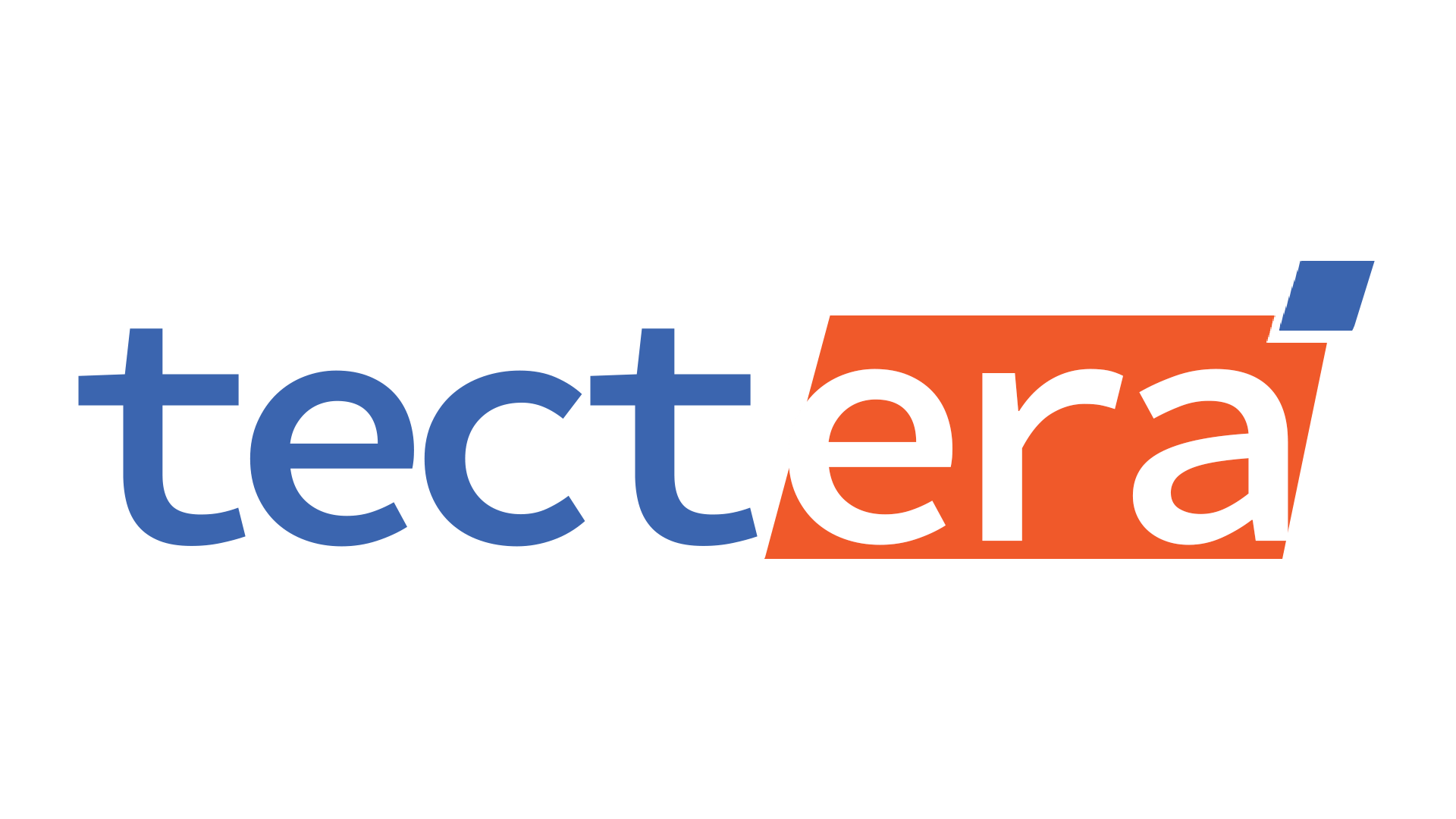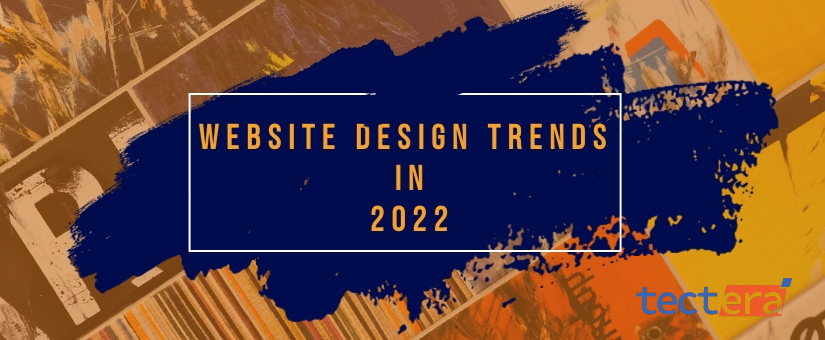1. Creative Scrolling Experiences/ Parallax Scrolling
It was once recommended that websites offer as much content above the fold as possible to avoid forcing users to scroll. But now that Website Design Trend has changed. Visitors like to engage in a way where they can acquire information about the website in a tasteful way. Hence scrolling is an important aspect in a website. The introduction of parallax scrolling allowed designers to break the preconception by making the process of scrolling itself entertaining for the user. Scrolling provides a constant chance for dynamic interactive feedback as it is the most common sort of engagement a user has with a page.
Psychedelic images, parallax effects, and even breakthroughs into the third dimension are transforming pages into living worlds. As these animations become more intricate and psychedelic, many designers are integrating a strong foreground element for the visitor to focus on. Some examples are Stone & Style’s black crystal. The engaging animation tempts visitors to scroll to the bottom of the page while the foreground mark keeps them from getting lost along the way. By the end of 2022, scrolling experiences will be grown substantially and quality, sending users on innovative adventures.
2. Claymorphism
Claymorphism is one of the biggest web design trends right now. You may use this blossoming fresh and new web design trend to offer your website a really interactive look by using friendly, engaging 3D animations or any other graphic. It fits in well with the minimalist design aesthetic. Claymorphism is a combination of four different styles. Light, pastel, and vibrant hues, large rounded corners, double inner shadow, and outer shadow are all included. “christmas.want tothis.one” and “tolia.ge” are two websites that use this style.
3. Page speed prioritization
On the technological side, page performance has risen to the top of web developers’ minds this year. With Google’s 2021 algorithm upgrade, speed is now more vital than ever for SEO. This has become a new Website Design Trend because it reflects users’ increased expectations for site speed. 53% of visitors will leave a page that takes longer than 3 seconds to load. The days of patiently waiting for loading screens are long gone.
Tools such as Google PageSpeed Insights and Lighthouse can be used to evaluate your page speed optimization. Developers (or their platform of choice) can also take a few easy steps to ensure that sites load quickly, such as image optimization and deferred offscreen image loading. Limiting the number of fonts you use can also help. You should also avoid designing your sites on a platform that is very dependent on plug-ins, as this might have a significant impact.
4. Typography in a Brutalist Design
Digital brutalism is derived from the classic origins of Brutalism, an architectural trend that stressed raw, exposed materials such as concrete in the 1950s and 1970s. Since its digital revival in 2014, brutalism has been gaining acceptance in web design, as documented on the site brutalistwebsites.com. Some Characteristics of Digital brutalism are barebones unstyled html, plain backgrounds, asymmetrical layouts, default computer typefaces, and unprocessed pictures. The Brutalist style is harsh, and it frequently has a startling effect, thanks to a self-aware honesty fostered by its inherent bareness. If you like something more daring, consider this Website Design Trend, which has a ruggedness and dominance that makes a website stand out even when using a minimal number of features. Brutalist typography is a reaction against today’s web design’s lightness, optimism, and minimalism. In contrast to the more polished modern standard, this is an unapologetically rustic aesthetic.
Brutalist Typography offers a website a metropolitan vibe by using typography to create a dynamic grid, letters as building blocks for segments, sections, headers, and paragraphs, just as a method to go crazy on an entire page. We anticipate that by 2023 this style will have evolved into a more subdued and less extreme version. It’s Neo-brutalism. This combines the rawness of brutalism with the controlled preferences of minimalism, resulting in websites that are suitable for less avant-garde clientele and avoiding the flaws that contributed to the demise of architectural brutalism.
5. Gender-neutral designs
A gender-neutral online design, which is already being embraced more widely, is another approach that we envision becoming a standard. Gender-neutral design, which was once assumed to be about being considerate, is now becoming the norm. The first step in going beyond societal norms is to establish a baseline of accessibility for all visitors. For example, aggressively pink personal care websites or camping equipment websites with hypermasculine fire-wolves-and-knives themes. Pinks aren’t just for women, and “masculine” motifs like flames and skulls don’t have to be prominent to appeal to guys. Simpy, designers should make no assumptions about their target audience.
Multiple gender options and pronouns are becoming more common in both website forms and drop-down menus. Better yet, if a website doesn’t have a pressing need for certain features, it can remove them entirely, as Snapchat has done. The new practice is to use “They” rather than “He” or “She” when gender is not indicated in the text. Many eCommerce companies are becoming more inclusive by not classifying clothes by gender and offering modeled photos of many body types to make their products more accessible. Avoiding these assumptions is more respectful, and your guests will enjoy it.
6. One-page websites
Less is more is an old proverb that still remains true. Simplicity is something we yearn for all the time. This is especially true of websites, where the most effective are frequently the simplest. Take a look at the growing Website Design Trend which has increased quantity and popularity of one-page websites, which do away with menus and internal links in favor of simple scroll navigation. In many cases, websites simply direct visitors to another location.
One-page websites push designers to reconsider their whole strategy and structure in order to not only put all of their content front and center. It also to determine what is most crucial to showcase in the first place. Sites like these operate best when the subject matter is limited. Eg:Portfolio. They can also serve as a helpful bridge to bring people where they need to go faster and more efficiently without the need for unnecessary searching or distraction. The one-page website approach, in the end, empowers designers to produce more innovative work. Visit Joshua Kaplan’s portfolio webpage for further information. He keeps readers focused on what matters by using a consistent content structure and avoiding distracting features like large graphics and backgrounds.
7. Simplicity and modern minimalism
You can use modern minimalism to build your website if bold designs or bright colours aren’t appropriate for your company. Don’t make the mistake of thinking that simple design is boring. On the contrary, most companies benefit from minimalistic website design since it allows them to exhibit their products or services better. Furthermore, basic designs are frequently simpler and less expensive to produce.
Simple features that connect with your brand might help you attain the perfect “modern minimalism” vibe. If you run a skincare company, for example, use natural features like water or leaves, as well as a single blending hue in the background, to assist create a calm atmosphere and make your product the focal point. If you own a clothing line, consider the colours you use on your website carefully. Colors that are louder and more bright suit better to a more relaxed atmosphere usually associate Monochromatic colours. That’s why brands like Old Navy, Target, and others employ more vibrant reds, blues, and yellows in their clothes. opulent atmosphere. Minimalism elevates your products and services while keeping you on brand.
8. Moving type
In 2022, one of the new and refreshing web design trends is Type Move. The greatest method to make your website engaging and intriguing is to combine motion with typography. Typography is no longer merely a means of conveying information or a sort of massage. You can use it to express your creativity and make it interactive by animating it. Animated images, UI components, and page transitions are common uses for animation. Furthermore, dynamic or moving text/typo can provide visitors with a novel and distinctive experience.
Even simple motions like circular rotations can have an impact while surfing. Modern designers have defied this stigma by incorporating typography into their work. Such modest details allow the typeface to take the stage without overpowering the reader with motion. However we shouldn’t animate typos excessively Make them move in a unique way while keeping one thing in mind: over-animated mistakes can be distracting to visitors and can cause them to lose focus on the web site’s main goal.


Editorial Staff at Tectera are experts on web design, SEO, social media and other digital marketing channels.




